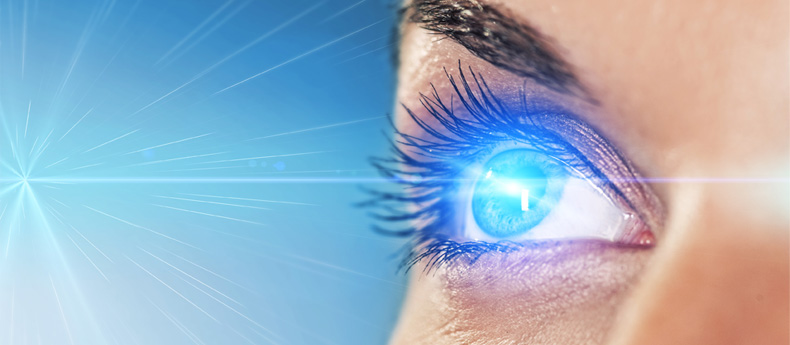
No Tears? Get Some Attention for Those Dry Eyes
What is dry eye?
Dry eye is caused by either decreased tear production or increased tear film evaporation that results in symptoms of discomfort, visual disturbance, and tear film instability with potential damage to the ocular surface. Dry eye is a growing public health concern. The current worldwide incidence of dry eye is about 5.5% – 33.7%. In the United States, about 17% of women and 11.1% of men suffer from dry eye. The existing epidemiological studies in China have shown that the incidence of dry eye in China is about 21% – 30%, which is similar to other Asian countries but higher than the United States and Europe.
What are the symptoms of dry eye?
A person with dry eye may feel dryness, pain, soreness, burning, scratching, stinging, itching, light sensitivity, a gritty sensation, or blurred vision. May also have strained or tired eyes after reading, even for short periods of time.
Sometimes, a person with dry eyes will have excess tears running from their eyes. This happens when the eye isn’t getting enough lubrication. However, these tears are mostly water and do not have the lubricating qualities or the rich composition normal tears do. They will wash debris away, but will not coat the eye surface properly.
What causes dry eye?
Common causes of dry eyes include:
- Inflammation.
- The natural aging process, especially menopause. This can occur due to hormonal changes that make your eyes produce fewer tears.
- Long-term computer use.
- Dry environment or workplace (air conditioning, heat, and wind).
- Long-term sun exposure.
- Smoking or exposure to second-hand smoke.
- The side effects of certain drugs such as eye drops for glaucoma, birth control pills, and cold or allergy medicines.
- An eye injury, heat, or chemical burns or structural problems with the eyelids that don’t allow them to close properly.
- Diseases that affect the ability to make tears, such as autoimmune disorders, including hyperthyroidism, Sjogren’s syndrome, and rheumatoid arthritis.
- Previous eye surgery.
How is dry eye diagnosed?
Exams and tests mainly include:
- Visual acuity.
- Slit lamp exam.
- Diagnostic staining of cornea.
- Measurement of tear film break-up time.
- Rate of tear production measurement.
How is dry eye treated?
There are a number of steps that can be taken to address dry eye. Discuss treatment options with your ophthalmologist. Treatments for dry eye may include:
- Artificial teardrops and ointments
The use of artificial teardrops is the primary treatment for dry eye. No one drop works for everyone, so you might have to experiment to find the drop that works for you. If your eyes dry out while you sleep, you can use an ointment at bedtime.
- Anti-inflammatory eye drops
Anti-inflammatory medications can inhibit the expression of inflammatory mediators on the ocular surface, restoring the secretion of a healthy tear film and reducing signs and symptoms. Current medications that are used, including cyclosporine A, corticosteroids, tacrolimus, have been effective for management of dry eye and lead to measurable clinical improvement.
- Punctal occlusion
This procedure closes the duct that drains tears out of the eye. It may be done temporarily with a dissolving plug that is inserted into the lacrimal punctum of the eye to determine whether or not a permanent plug can provide an adequate supply of tears.
If temporary plug works well, a longer-lasting plug or cautery may be used. These measures increase the tear level by blocking the “drainpipe” through which tears normally exit the eye and enter the nose.
- Lipiflow
This is a medical device that uses heat and pressure on the eyelids to unclog blocked glands. These glands produce oil as part of the tear film.
- Nutrition
Increasing the oral intake of fish oil and omega-3 via diet or supplements is very helpful to those suffering from dry eye.
References:
1. Zeev MS, Miller DD, Latkany R. Diagnosis of dry eye disease and emerging technologies.
Clin Ophthalmol. 2014 Mar 20;8:581-90.
2. Truong S, Cole N, Stapleton F, Golebiowski B. Sex hormones and the dry eye. Clin Exp Optom. 2014 Jul;97(4):324-36.
3. Baudouin C, Aragona P, Van Setten G, et al. Diagnosing the severity of dry eye: a clear and practical algorithm. Br J Ophthalmol. 2014 Sep; 98(9): 1168–1176.
Copyright United Family Healthcare 2018 All right reserved ICP 京ICP备13017554号-4





